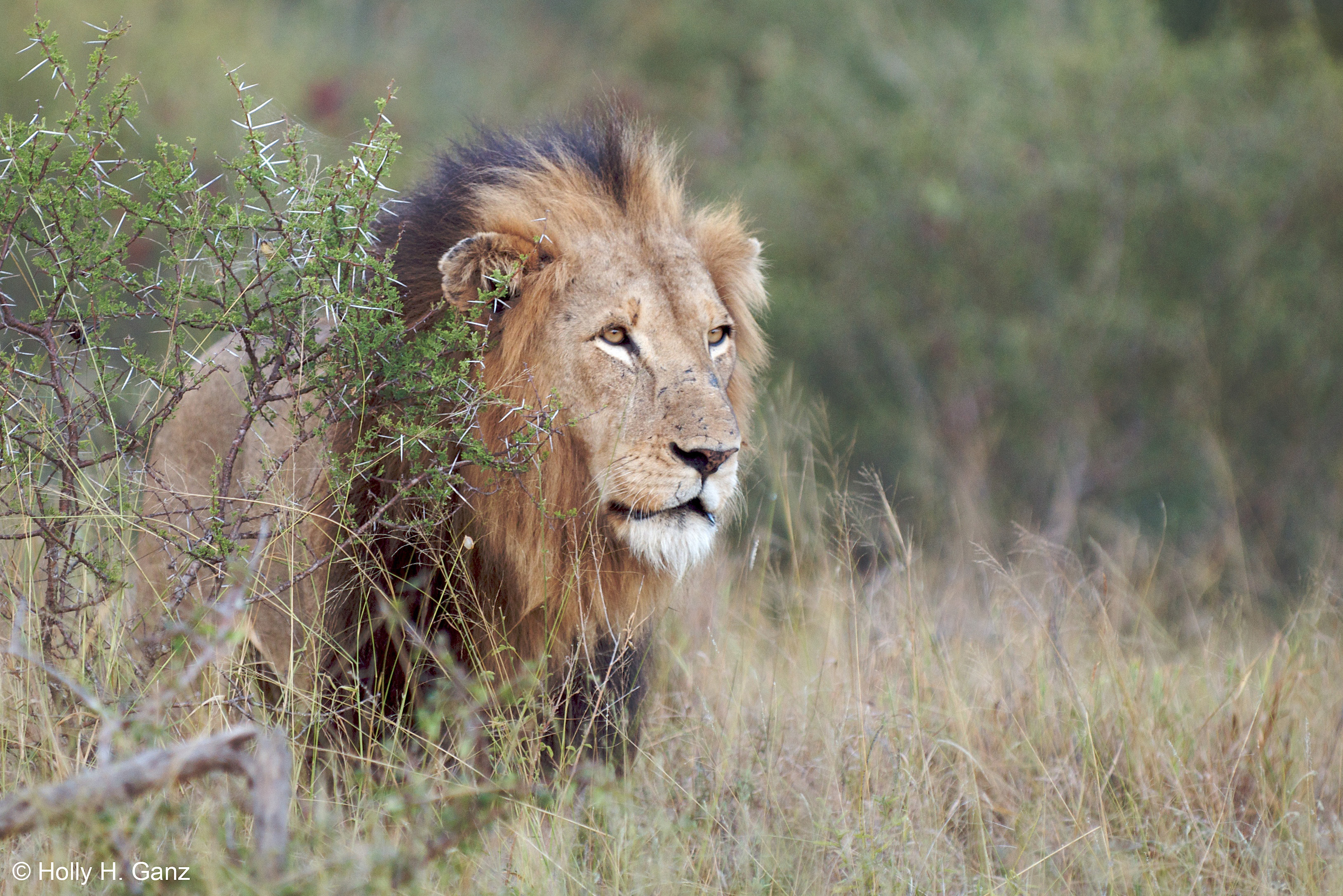Many of us are familiar with the story of the wolves in Yellowstone that scare away hungry elk herds from tasty young willows (although the ecology of Yellowstone is probably more complicated than that). Nonetheless many ecologists are keenly interested in what has been termed the ecology of fear in communities of plants, birds and mammals. The ecology of fear describes the role of predators who may affect everything from population to ecosystem dynamics, global biodiversity and perhaps even mental health disorders. As another example, fear of predation is powerful enough to reduce the birth rate of songbirds (sorry closed access).
While we are only beginning to explore the role of viruses in many communities, evidently the ecology of fear also affects microbial interactions. A fascinating paper was published last week by Bautista et al. in mBio entitled Virus-Induced Dormancy in the Archaeon Sulfolobus islandicus. Active and inactive virus (Sulfolobus spindle-shaped virus, SSV9) particles induce dormancy in the crenarchaeal host, S. islandicus RJW002. Both S. islandicus RJW002 and SSV9 were isolated from the Valley of the Geysers in Kamchatka, Russia. In addition its natural history, S. islandicus RJW002 is particularly interesting because like most Archaea, it has a CRISPR-Cas immune system that enables it to target and degrade invading genetic elements. While the presence of the virus induced host cell stasis and death in susceptible variants independent of infection, immune variants were able to clear the virus and recover from dormancy.
Such interactions are likely to play important roles in built environments as well as our microbiomes. Here be lions!
